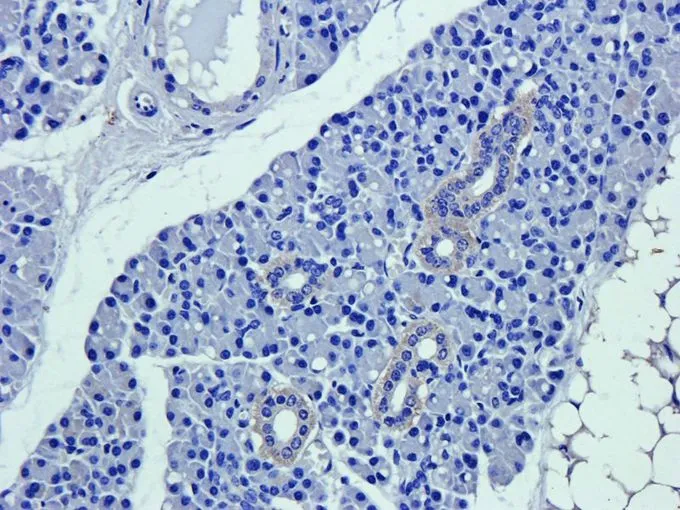
IHC-P analysis of mouse lymph node tissue using GTX37555 CD63 antibody. Dilution : 2.5microg/ml
CD63 antibody
GTX37555
ApplicationsWestern Blot, ImmunoHistoChemistry, ImmunoHistoChemistry Paraffin
Product group Antibodies
ReactivityHuman, Mouse, Rat
TargetCD63
Overview
- SupplierGeneTex
- Product NameCD63 antibody
- Delivery Days Customer9
- Application Supplier NoteWB: 1:100-1000. IHC-P: 1:100-500 (based on 0.5 mg/ml). *Optimal dilutions/concentrations should be determined by the researcher.Not tested in other applications.
- ApplicationsWestern Blot, ImmunoHistoChemistry, ImmunoHistoChemistry Paraffin
- CertificationResearch Use Only
- ClonalityPolyclonal
- Concentration0.5 mg/ml
- ConjugateUnconjugated
- Gene ID967
- Target nameCD63
- Target descriptionCD63 molecule
- Target synonymsAD1, HOP-26, ME491, MLA1, OMA81H, Pltgp40, TSPAN30, CD63 antigen, AD1 antigen, CD63 antigen (melanoma 1 antigen), granulophysin, limp1, melanoma-associated antigen ME491, melanoma-associated antigen MLA1, ocular melanoma-associated antigen, tetraspanin-30, tspan-30
- HostRabbit
- IsotypeIgG
- Protein IDP08962
- Protein NameCD63 antigen
- Scientific DescriptionThe protein encoded by this gene is a member of the transmembrane 4 superfamily, also known as the tetraspanin family. Most of these members are cell-surface proteins that are characterized by the presence of four hydrophobic domains. The proteins mediate signal transduction events that play a role in the regulation of cell development, activation, growth and motility. The encoded protein is a cell surface glycoprotein that is known to complex with integrins. It may function as a blood platelet activation marker. Deficiency of this protein is associated with Hermansky-Pudlak syndrome. Also this gene has been associated with tumor progression. Alternative splicing results in multiple transcript variants encoding different protein isoforms. [provided by RefSeq, Apr 2012]
- ReactivityHuman, Mouse, Rat
- Storage Instruction-20°C or -80°C,2°C to 8°C
- UNSPSC12352203
References
- Zhang B, Sun C, Liu Y, et al. Exosomal miR-27b-3p Derived from Hypoxic Cardiac Microvascular Endothelial Cells Alleviates Rat Myocardial Ischemia/Reperfusion Injury through Inhibiting Oxidative Stress-Induced Pyroptosis via Foxo1/GSDMD Signaling. Oxid Med Cell Longev. 2022,2022:8215842. doi: 10.1155/2022/8215842Read this paper
- Povero D, Pinatel EM, Leszczynska A, et al. Human induced pluripotent stem cell-derived extracellular vesicles reduce hepatic stellate cell activation and liver fibrosis. JCI Insight. 2019,5(14):pii: 125652. doi: 10.1172/jci.insight.125652.Read this paper
- Lv C, Yu WX, Wang Y, et al. MiR-21 in extracellular vesicles contributes to the growth of fertilized eggs and embryo development in mice. Biosci Rep. 2018,38(4):pii: BSR20180036. doi: 10.1042/BSR20180036.Read this paper
- Jong AY, Wu CH, Li J, et al. Large-scale isolation and cytotoxicity of extracellular vesicles derived from activated human natural killer cells. J Extracell Vesicles. 2017,6(1):1294368. doi: 10.1080/20013078.2017.1294368Read this paper
- Fornari F, Ferracin M, Trerè D, et al. Circulating microRNAs, miR-939, miR-595, miR-519d and miR-494, Identify Cirrhotic Patients with HCC. PLoS One. 2015,10(10):e0141448. doi: 10.1371/journal.pone.0141448Read this paper

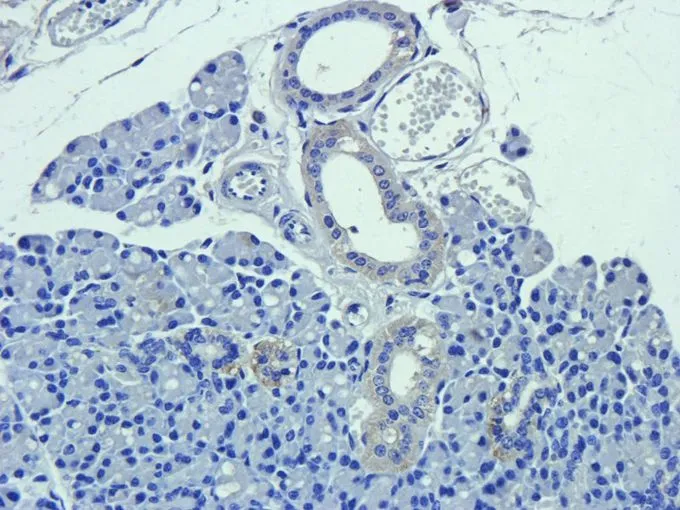
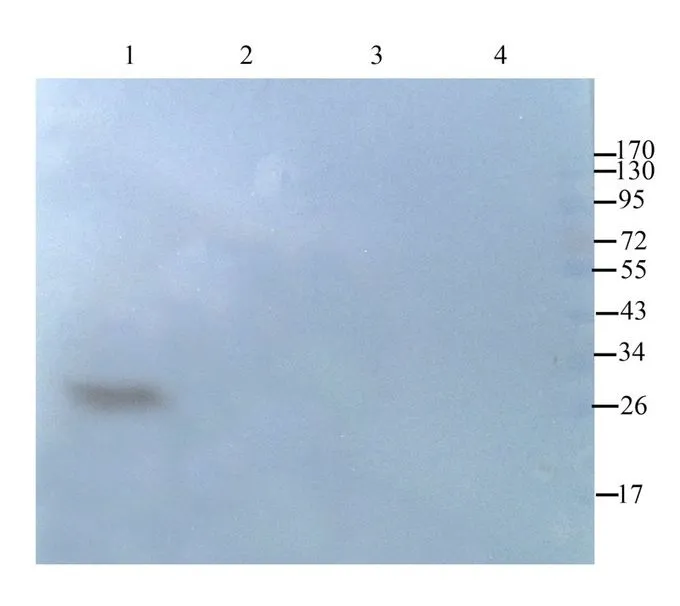
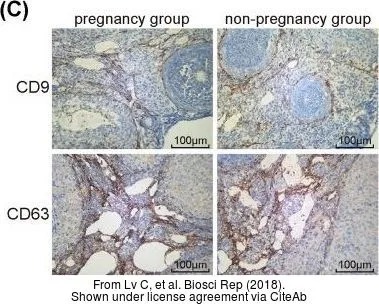


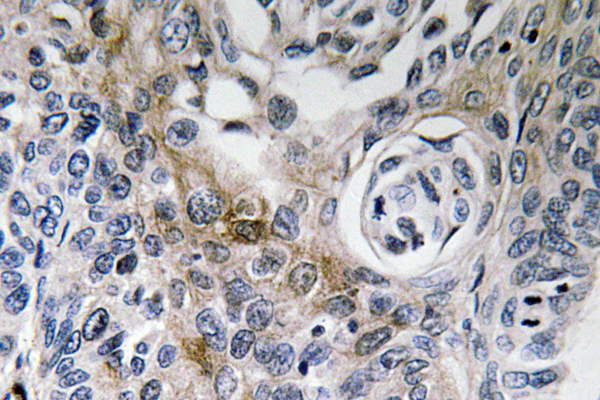

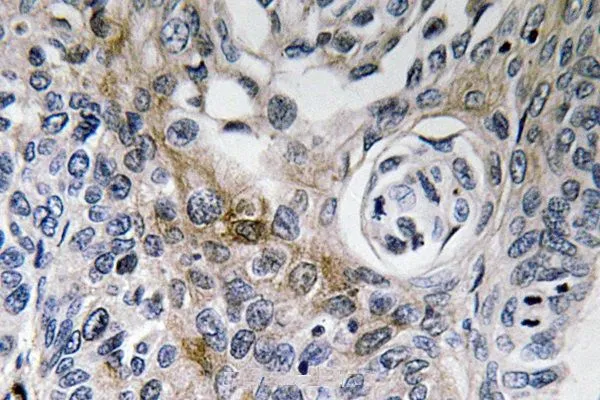
![FACS analysis of peripheral blood lymphocytes from a patient with allergy to bee venom after stimulation with bee venom using GTX18235 CD63 antibody [MEM-259] (FITC).](https://www.genetex.com/upload/website/prouct_img/normal/GTX18235/GTX18235_20191025_AP_006_134_w_23060620_554.webp)